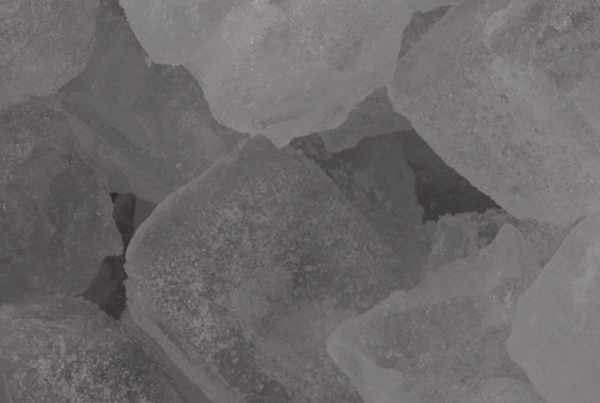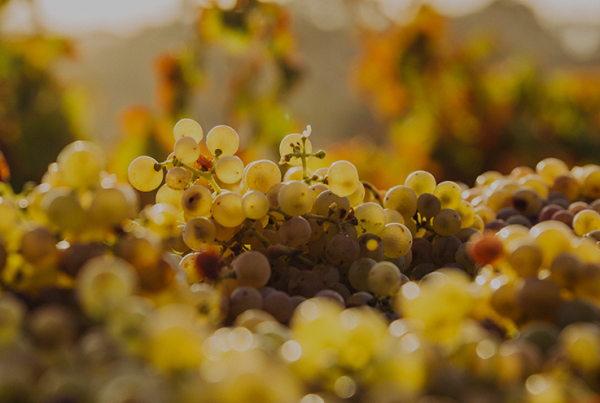What’s inside a glass of wine?
Water.
Well yes, in wine there is above all water.
About 80% of the content of each bottle, consequently of each glass, corresponds to water.
Alcohol.
Alcohol’s percentage present in each bottle is clearly expressed – by law – on the label.
11% vol, 13,% ABV, is defined as wine graduation and represents the percentage of alcohol present in the bottle.
The value can be adjusted by manufacturer can be rounded down or up by half a degree. This is mean that a wine with 14.5% on its label could even have 14.9% of alcohol.
Sugar.
A good part of sugar present in grapes is transformed in alcohol during the fermentation process.
Another part, instead, remains into wine.
Especially glucose and fructose.
Depending on the type, sugars can vary from 0 to 250 and more grams for liter.

Various acids.
- Acids present into grapes: tartaric acid (about 6 g / l), malic acid (between 25 g / l and 1-2 g / l), citric acid (about 0.5-1 g / l).
- Acids created during the fermentation: pyruvic acid and acetic acid. The second one is volatile and and tends to decrease immediately after opening.
- Acids created after the fermentation: malic acid is transformed into lactic acid, making the wine softer and also suitable for greater aging.
These are only the main ingredients of the wine.
In addition to these, however, there are traces of many other components:
- Flavonoids and anthocyanins, responsible for the color of red wines.
- Polyalcohols, responsible for the softness of the wine.
- Tannins, mainly present in grape seeds, responsible for the sensation of astringency, especially in red wines.
- Sulfur dioxide, also added by producers to protect the wine during winemaking and bottling.
- Carbon dioxide, especially in sparkling wines and sparkling wines.
- Various Minerals.









